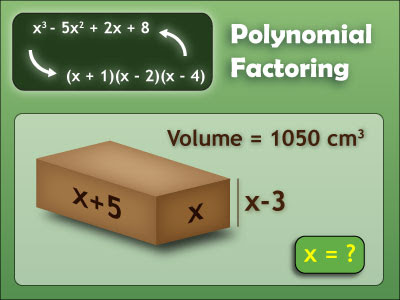Trigonometric Functions
In Mathematics, trigonometric functions or circular functions are ratios of the sides of a right angled triangle, having the given angle. Trigonometry deals with functions of an angle present in a triangle. It relates the angles of the given triangle with the length of its three sides. It also helps to find the length and angle of a triangle. Trigonometric functions are widely used in real life in various fields such as carpentry, surveys, engineering, physics, navigation, astronomy etc.
Trigonometric functions are sin p, cos p, tan p, cot p, sec p, csc p. Among them sine, cosine and tangent are the most familiar and basic trigonometric functions. Before going into derivatives of trigonometric functions, let us first see what these trigonometric functions refer to.
Let us consider a circle of radius 1. If a ray originates at the origin which makes an angle with x axis, what will the sine, cosine and tangent of this angle provide?
• The sine of this angle gives the length to which the triangle has risen on the other side i.e. the y component
• The cosine of this angle gives the x component length
• The tangent of this angle gives the slope of the triangle, which is obtained by dividing Y component by the X component.
Thus, trigonometric functions can also be defined as the lengths of all line segments from a given unit circle.
Derivative of Trigonometric Function
With this basic understanding on trigonometric functions, let us explore on the derivatives of trigonometric functions namely sin p, cos p, tan p, cot p, sec p, csc p.
The derivatives for each of these trigonometric functions can be represented as follows:
Derivative of Sinx
The symbolic expression of Sinx derivative is given by
d/dx (sin x) = cos x or sin’ x = cos x
It is easy to find the derivatives of sin x. This is because, the derivative of sin x can be obtained by just calculating the cos x.
Derivative of Cosx
The Cosx derivative is given by
d/dx (cos x) = - sin x or cos’ x = - sin x
Derivative of Tan p
The derivative of tan p is given by “tan-1 p = sec^2 p”
Derivative of Cot p
The derivative of cot p is given by “cot-1 p = - coesc^2 p”
Derivative of Sec p
The derivative of sec p is given by “sec’ p = sec p tan p”
Derivative of Csc p
The derivative of csc p is given by “csc’ p = - csc p cot p”
